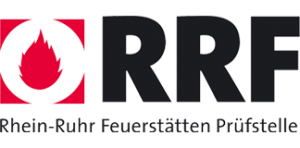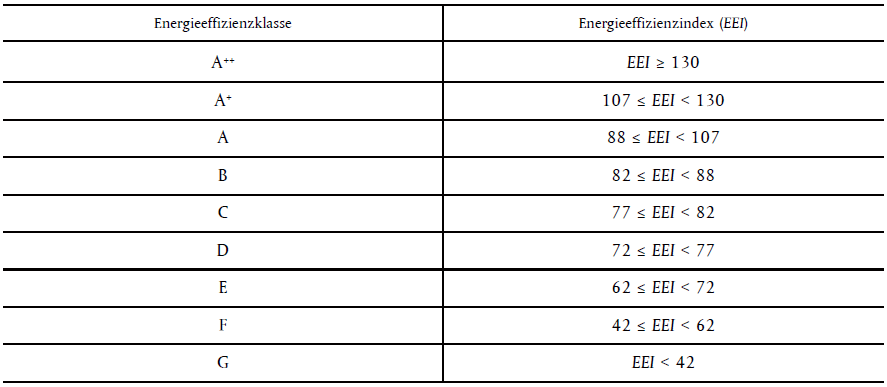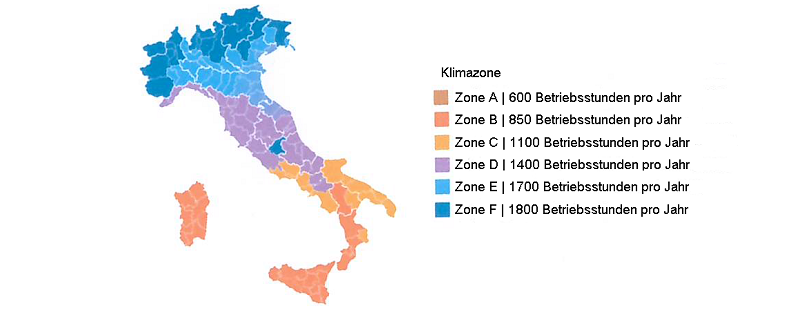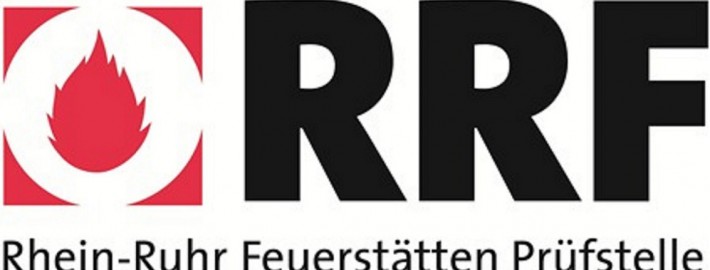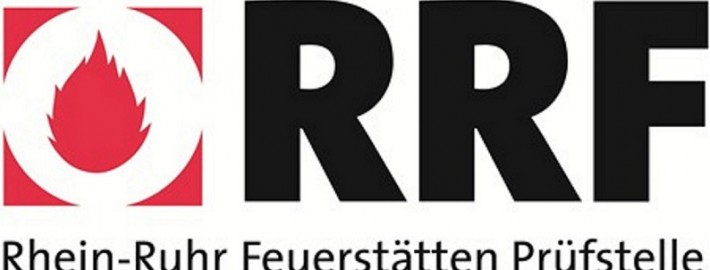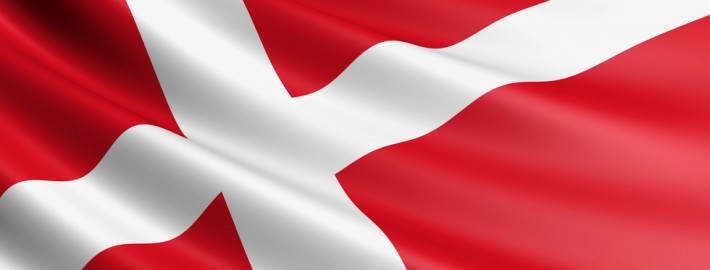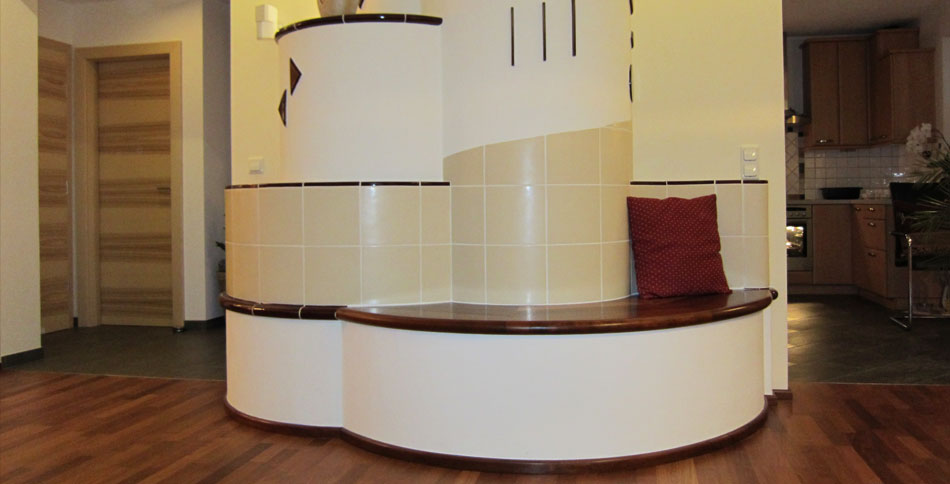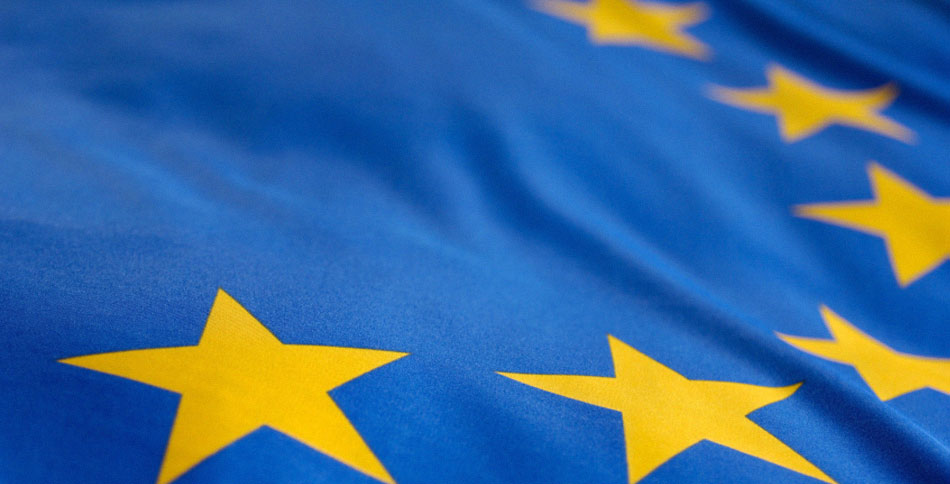New requirements for the certification of fireplaces, that are operated with combustible biomass in Italy
As of 07.11.2017, the new regulation n. 186, passed by the Minister of the environment, in collaboration with the Minister of health and the Minister of economy and development, came into force.
It applies to small fireplaces and boilers, which are operated with biomass solid fuels.
The regulation sets requirements for the emission of particles, OGC, NOx, CO and the efficiency.
There are 5 categories of emission requirements, which are divided into stars.
The requirements can be found in detail in the following table:
| Type of fireplace | Particles
(mg/Nm³) |
OGC
(mg/Nm³) |
NOx
(mg/Nm³) |
CO
(mg/Nm³) |
N (%) |
| 5-Stars | |||||
| Open fireplaces | 25 | 35 | 100 | 650 | 85 |
| Inset appliances | 25 | 35 | 100 | 650 | 85 |
| Roomheaters | 25 | 35 | 100 | 650 | 85 |
| cookers | 25 | 35 | 100 | 650 | 85 |
| Slow heat release appliances | 25 | 35 | 100 | 650 | 85 |
| Heating appliances fired by wood pellets | 15 | 10 | 100 | 250 | 88 |
| Boilers | 15 | 5 | 150 | 30 | 88 |
| Boilers fired by wood pellets | 10 | 5 | 120 | 25 | 92 |
| 4-Stars | |||||
| Open fireplaces | 30 | 70 | 160 | 1250 | 77 |
| Inset appliances | 30 | 70 | 160 | 1250 | 77 |
| Roomheaters | 30 | 70 | 160 | 1250 | 77 |
| cookers | 30 | 70 | 160 | 1250 | 77 |
| Slow heat release appliances | 30 | 70 | 160 | 1000 | 77 |
| Heating appliances fired by wood pellets | 20 | 35 | 160 | 250 | 87 |
| Boilers | 20 | 10 | 150 | 200 | 87 |
| Boilers fired by wood pellets | 15 | 10 | 130 | 100 | 91 |
| 3-Stars | |||||
| Open fireplaces | 40 | 100 | 200 | 1500 | 75 |
| Inset appliances | 40 | 100 | 200 | 1500 | 75 |
| Roomheaters | 40 | 100 | 200 | 1500 | 75 |
| cookers | 40 | 100 | 200 | 1500 | 75 |
| Slow heat release appliances | 40 | 100 | 200 | 1250 | 75 |
| Heating appliances fired by wood pellets | 30 | 50 | 200 | 364 | 85 |
| Boilers | 30 | 15 | 150 | 364 | 85 |
| Boilers fired by wood pellets | 20 | 15 | 145 | 250 | 90 |
| 2-Stars | |||||
| Open fireplaces | 75 | 150 | 200 | 2000 | 75 |
| Inset appliances | 75 | 150 | 200 | 2000 | 75 |
| Roomheaters | 75 | 150 | 200 | 2000 | 75 |
| cookers | 75 | 150 | 200 | 2000 | 75 |
| Slow heat release appliances | 75 | 150 | 200 | 2000 | 75 |
| Heating appliances fired by wood pellets | 50 | 80 | 200 | 500 | 85 |
| Boilers | 60 | 30 | 200 | 500 | 80 |
| Boilers fired by wood pellets | 40 | 20 | 200 | 300 | 90 |
| Every fireplace that does not reach the requirements for 2-Stars, will be categorized as 1-Star.
The requirements mentioned in the table above are based on 13% O2. |
|||||
The compliance of the value requirements needs to be proven by a document, the so-called “Certificato Ambientale”. The manufacturer can order this document, directly from us. We generally issue the “Certificato Ambientale” bilingually (English-Italian).
There is also a new requirement with regard to the state funding “Conto Termico 2.0”. Due to the fact that several contradictory documents have been submitted to the competent body, an official document of an accredited testing laboratory is required, which confirms compliance with the value requirements for “Conto Termico 2.0”. The manufacturer can also order this bilingual so-called “Rapporto Sintetico” (English-Italian), directly from us.
Of course, the RRF is an accredited laboratory for both the abovementioned Regulation as well as for “Conto Termico 2.0”. If you have any questions or interest, feel free to contact your personal contact or one of our employees.
